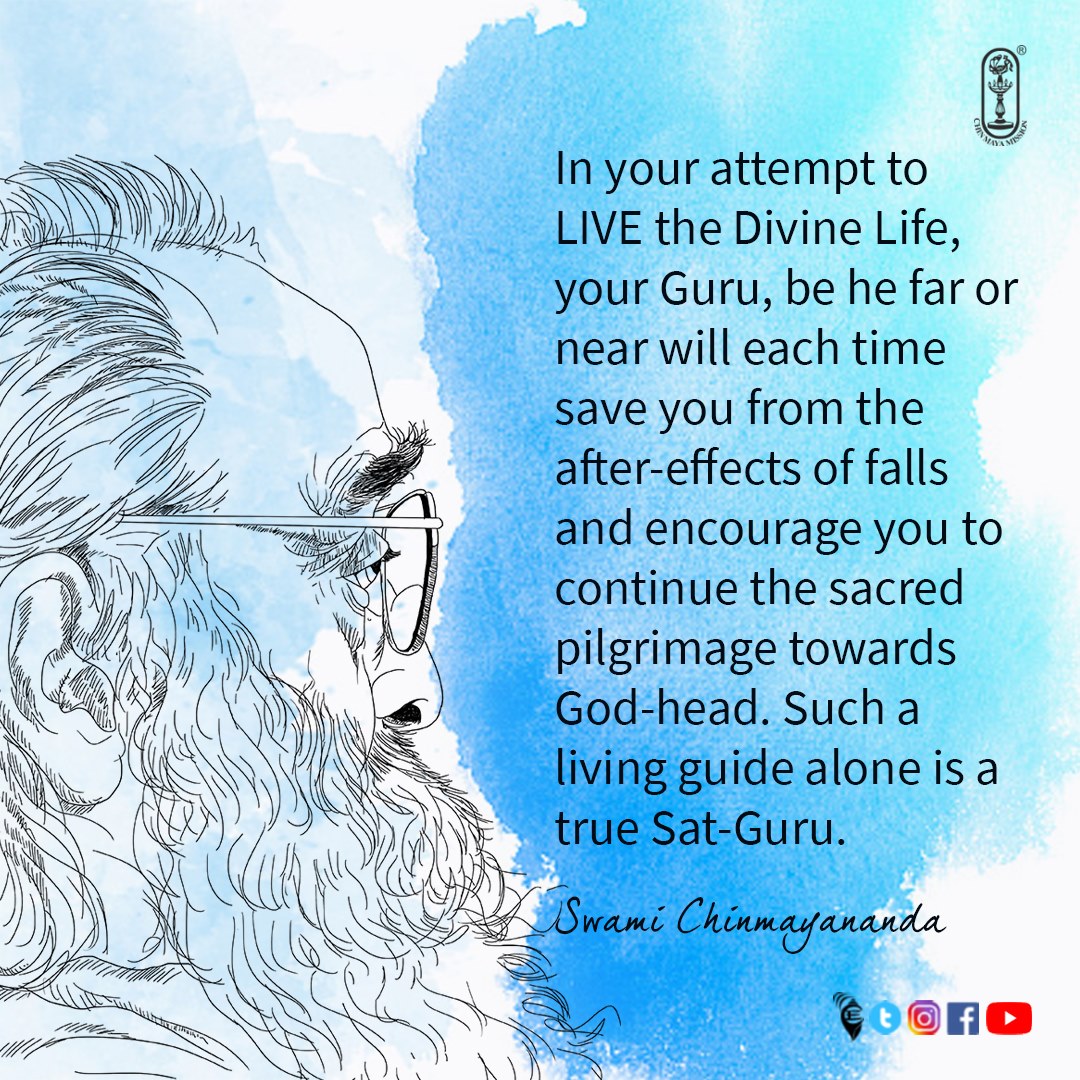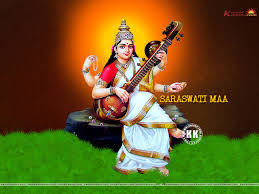VEDANTAM FOR BEGINNERS - 41. SWAMI SIVANANDA.
========================================================================
=========================================================================
Wednesday, November 30, 2022. 06:00.
TAT TVAM ASI = That Thou Art :
The Maha-Vakyas :
Post-41.
===================================================================
Vachyartha And Lakshyartha :
The meaning of a word may be threefold. They are: Vachyartha or primary meaning that is
directly conveyed by the word; Lakshyartha or implied meaning or the meaning it conveys through
implication; and Vyangyartha or suggested meaning, or the meaning hinted at or suggested by the
word through its associations.
The relationship that exists between a word and its meaning is called Vritti. This Vritti is
twofold, viz., Sakti Vritti and Lakshana Vritti.
That relationship which exists between a word and its meaning, and which has the power to
generate Arthajnana or a knowledge of the meaning of the word is called Sakti Vritti. The meaning
that is understood through the Sakti Vritti is called Vachyartha.
That Vritti which, with the help of the Vachyartha, is able to establish a long-standing
relationship between the word and its meaning not directly expressed is called Lakshana Vritti. The
meaning of a word that is understood with the help of the Lakshana Vritti is called the Lakshyartha.
This Lakshana Vritti is divisible into three groups, viz., Jahallakshana, Ajahallakshana and
Jahadajahal-lakshana or Bhagatyaga Lakshana.
Jahallakshana:
When the Vachyartha of a word is totally dispensed with and only the
Lakshyartha is taken into account then it is called Jahallakshana. Jahat means ‘to abandon.’
For example, consider the statement, ‘Gangayam Ghoshah’—‘In the Ganga there is the
village of the cowherds.’
What the statement wishes to convey is not that the village is in the mid-stream or in the
middle of the flowing river, but that the village is on the river bank. The direct meaning of the word
‘Gangayam’ (which denotes the actual flowing river) is totally abandoned and instead the implied
meaning, ‘Teere’ (on the banks) is understood. The direct meaning refers to the river and the
implied meaning to the bank. These two are totally different, one being water and the other earth.
But, there exists a relationship between the river and the river banks.
Thus the Lakshana Vritti is that Vritti which generates the knowledge of a fit meaning (not
directly had) in a word on the basis of the word’s Vachyartha. And this new implied meaning bears
a certain relationship to the Vachyartha, like the relationship between the river and the river banks.
Ajahallakshana: In this case, the Vachyartha is not abandoned but at the same time the
Lakshyartha also is taken into account in combination with the Vachyartha.
Consider for example the statement, ‘Sveto Dhavati’—‘The White is running.’
Say, in a race-course someone is asking his neighbour which horse is running ahead. He
may get the reply, ‘The white is running.’ It is known fully well that a colour cannot run. In this case
the Lakshyartha of the word ‘Svetah’ is related to a horse. Therefore, it has got to be understood that
a horse is running. But it is not enough if it is simply understood that ‘a horse is running,’ for it
would not answer the question of the race-goer. So, the Vachyartha of the word Svetah (the white
colour) is also retained, and the Lakshyartha, that is, ‘the horse,’ is combined with the Vachyartha,
and the whole is understood together as ‘the White horse is running.’
Jahadajahallakshana or Bhagatyagalakshana: In this we retain a certain portion or
Amsa or Bhaga of the Vachyartha and discard the other portion.
Consider the statement: ‘So(a)yam Devadattah’—‘This is that Devadatta.’
A man saw Devadatta in the garb of a prince at Banaras. Ten years hence, he sees Devadatta
in the garb of a Sannyasin at Rishikesh. It is natural for him to exclaim, “This is that Devadatta.”
The word ‘That’ is associated with the idea of remoteness in space, and time, and of the garb
of a prince. The word ‘This’ is associated with the idea of nearness in space and time, and of the
garb of a Sannyasin. The Vachyartha of the word ‘That’ is a princely man who lived at Banaras ten
years before. The Vachyartha conveyed by the use of the word ‘This’ is a Sannyasin living at
Rishikesh at that particular time.
In the above statement certain things are contradictory and certain things are not. In that
case we avoid or eliminate the contradicting factors. The Sannyasin and prince are contradictory
So too, Rishikesh and Banaras, and likewise, ten years before and ten years hence. In the statement
‘This is That Devadatta,’ we take only a portion of the Vachyartha of the two words ‘This
(Devadatta)’ and ‘That (Devadatta).’ From the Vachyartha of the word ‘That’ we eliminate the garb
of the prince, the place Banaras, and the time ten years before, but retain the person referred to.
So, too, in the Vachyartha of the word ‘This’ we retain the person referred to and eliminate
the other three factors of space, time and appearance which contradict the first set. When this
elimination and retention is done, then alone we can identify that Devadatta with this Devadatta.
This is also called Lakshya-Lakshana-Bhava. The words ‘This’ and ‘That,’ after the
elimination of contrary association from their meanings, stand in the relation of the ‘implier’ and
the implied (with Devadatta, the person who is common to both).
The sentence ‘Tat Tvam Asi’ is to be understood only through the help of Bhagatyaga Lakshana.
*****
Next -
Bhagatyaga Lakshana
(As applied to Tat Tvam Asi)
To be continued
=========================================================================










.jpg)
Comments